Types of Chess Openings and How They can Make or Break Your Game
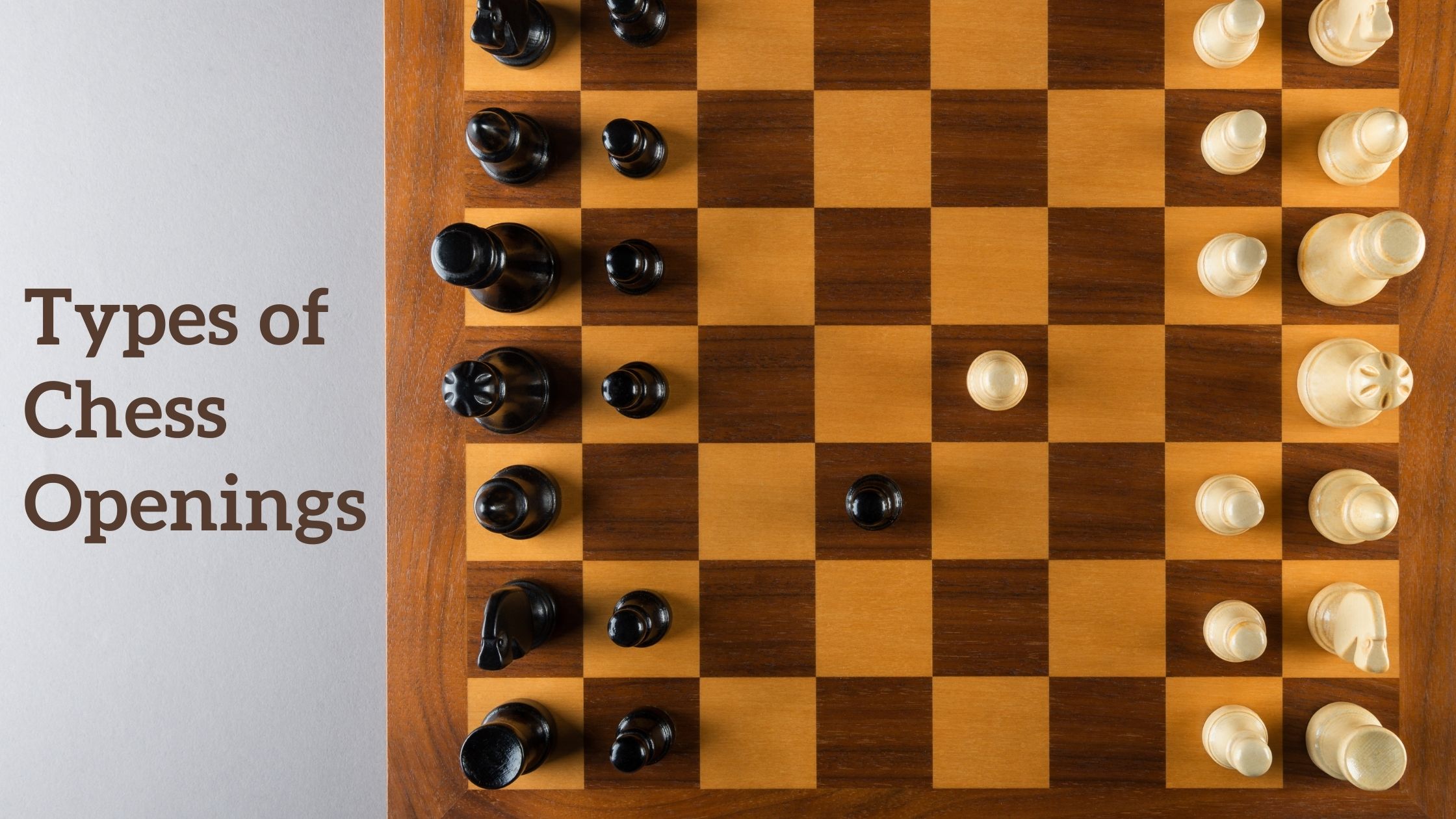
Every Chess game is divided into three parts – The Opening, Middle Game and End Game.
The Opening is the formative aspect of every game and is necessary to ace to be able to form a strong base for the rest of the game. A mistake in the Opening could cost you the entire game, hence development and central control are integral targets in every Opening.
Openings usually aim at creating a position to optimize maximum development of the minor pieces while grabbing good control over the center of the board.
However, every player may have different aims from the Opening they go ahead with. Hence it is imperative to understand the different types of openings and what they offer.
Open Games
Any Opening that begins with the moves 1.e4 e5 comes under the category of Open Game Openings. These moves allow the centre to open up easily since they are central pawns that provide space for the development of maximum minor pieces.
Further pawn exchanges in the centre allow the game to open up further and provide scope for faster exchanges of the minor pieces as well. An Open game allows pieces to move into the opponent’s territory faster, allowing a combination of tactics to take place. Since the centre is so open, it is important for the King’s to castle within the first ten moves to be safe.
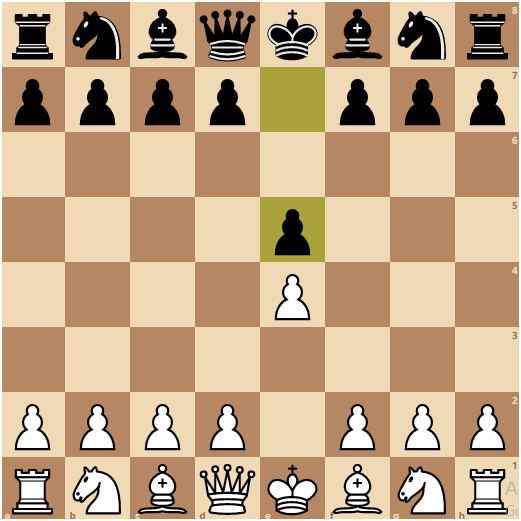
Semi-Open Games
The openings where Black does not respond to Whites e4 with e5 and breaks the symmetry of the center are called Semi-Open Games. For example, if Black responds to e4 with c5, which is the Sicilian Defense, it comes under the category of Semi-Open Games.
It is termed a semi-open game since only one opponent has a pawn center. This type of Opening breaks the symmetry of the center, making the position rather unbalanced. The lack of symmetry allows a great deal for both sides to make advances.
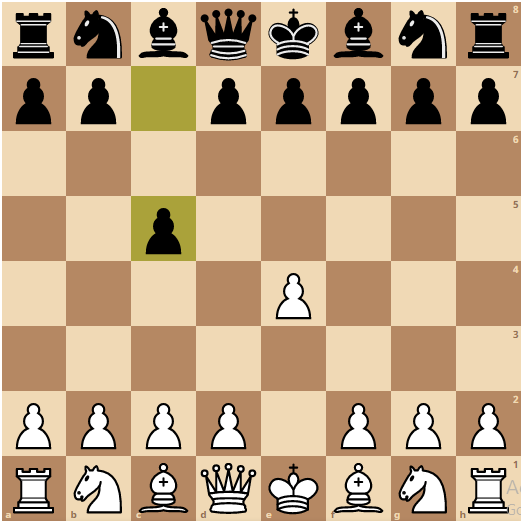
Closed Games
Openings that begin with the moves 1.d4 d5 are called Closed Games. These games are referred to as closed games since the two centre pawns are defended by the Queens, making it difficult to exchange or attack these pawns. Hence the game revolves around these pawns, restricting long-range development to a certain extent. This difficulty in the long-range development would delay castling for both sides. The defended pawns on the ‘d’ file also cannot be easily attacked, forcing the game to move into a closed position.
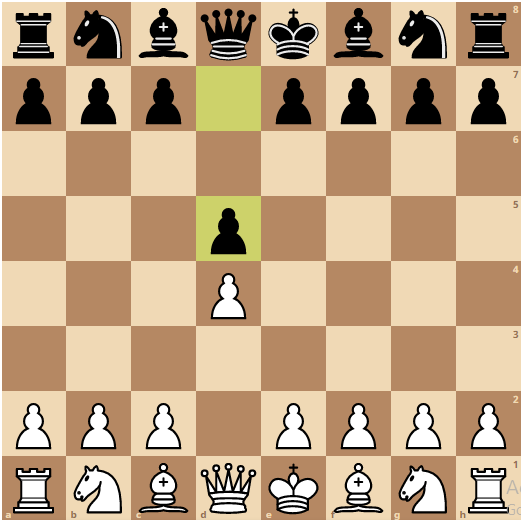
Semi-Closed Openings
If Black responds to d4 with anything other than d5, the symmetry of the center is broken, and this is called a Semi-Closed Opening. The term Semi-Closed is used because there is only one pawn in the center, leaving the center half-open and half-closed.
The unbalanced position in such positions forces both opponents to use strategic techniques to pose an attack upon the opponent. The King’s Indian Defense is an example of the same.

Flank Openings
Any Opening where White or Black does not begin with the ‘e’ pawn or the ‘d’ pawn is called a ‘Flank Opening. The flank pawns or the ‘c’ or ‘f’ files on the board are developed first before the central pawns. Usually, flank pawns are exchanged for centre pawns in these openings. The idea is to control the centre by developing the pawns on the files adjacent to the centre. The Bird Opening is an example of a Flank Opening.
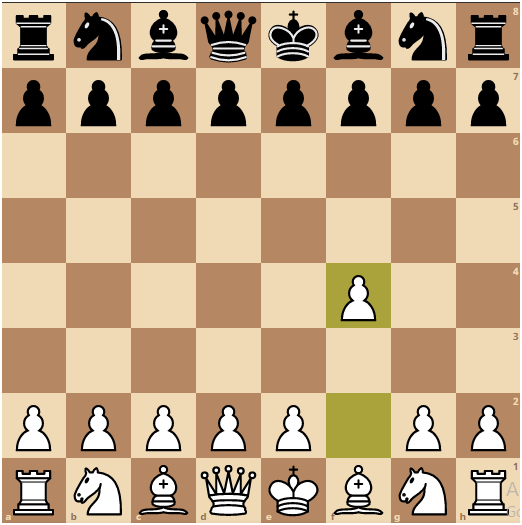
Symmetrical Openings
Here, Black tries to imitate the moves that White is making to maintain the symmetry of the game. Black’s intention is to gain Balance on the board with the idea of maintaining an equal position. However, White will always have a slight advantage due to the tempo of one move by virtue of starting the game. Below is an example of the symmetrical variation of the English Opening.

Gambit Openings
A Gambit Opening is one where White or Black begins the game with a sacrifice of one or more pawns to gain a positional advantage in the Opening. The idea is to either increase your development or restrict your opponent’s development. The player sacrificing the pawn must play aggressively to maintain the positional advantage. The opponent with the pawn advantage must try to maintain the minor material advantage. The Queen’s Gambit is the most common and best example of a Gambit Opening.
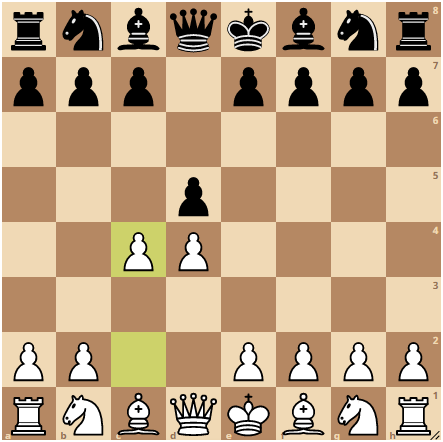
Hyper-modern Openings
A Hypermordern Opening works on the principle of daring the opponent to grab the centre. For example, in Alekhine’s Defense, Black responds to e4 with Nf6 and then if White plays e5 Black challenges this move to prove to White that White overextended their reach for the centre. In such Openings, the player with control over the centre tries to defend their control over the centre while the opponent tries to undermine their control over the centre. Here is an example of the same.
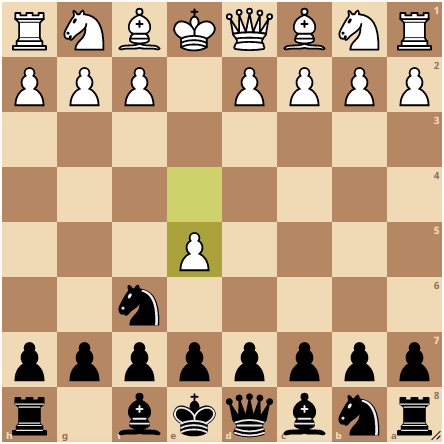
Opening Systems
An Opening System involves reaching a specific formation with a particular piece-pawn order. This formation can be a result of different move orders. Such a position is easy to land without too much memorisation. An example of Opening Systems is the Torre Attack, where White responds to Black with a piece and pawn setup.
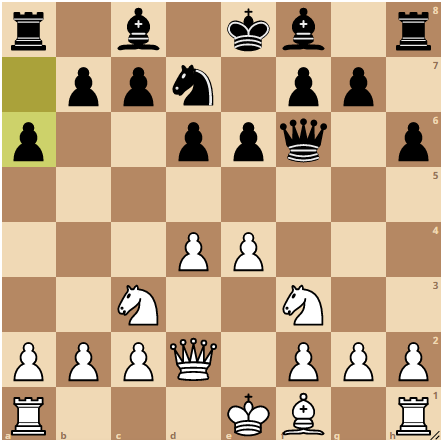
Classical Openings
When both opponents use every move available to fight for the centre, it is termed a Classical Opening. The term Classical has been given to this type of Opening since the aims of the Opening are specific to controlling the centre and the development of pieces. The players believe in fighting for the centre immediately and using the pawns for the same. Ruy Lopez is a great example of a Classical Opening where White plays Bb5 to put pressure on the Knight on c6, who is the main defender of Black’s central e5 pawn.
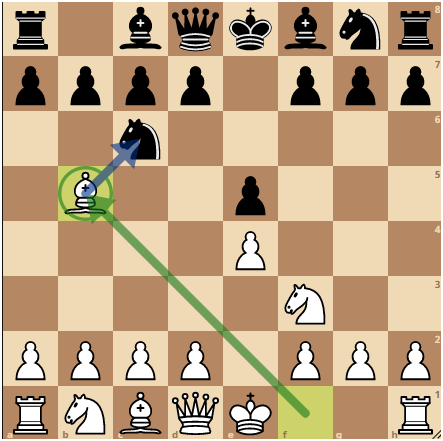
Positional Openings
A positional Opening avoids very complex variations and can be a great type of opening for Beginners to play. Some advanced players also play such Openings to use their skills of positional understanding in lesser complex positions. The Semi-Slav variation of the Queen’s Gambit is an example of such an Opening.
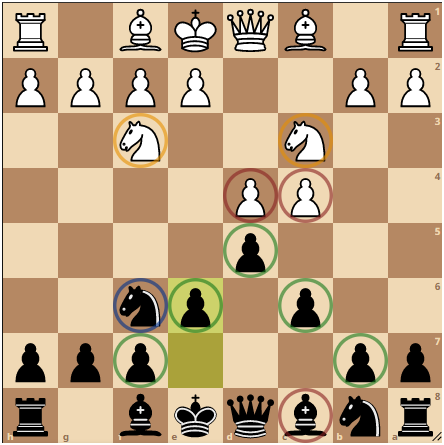
Tactical Openings
Openings, where there is an availability of tactical opportunities, are termed Tactical Openings. The King’s Gambit Accepted is an example of such an opening.
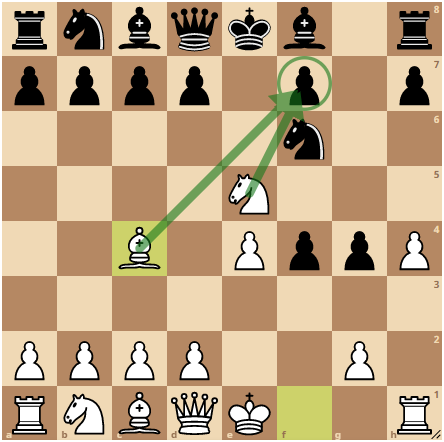
Reversed Openings
Here White plays moves that would usually be played by Black in the Opening but with an advantage of a slight tempo. The Reversed Sicilian Opening is an example of the same.
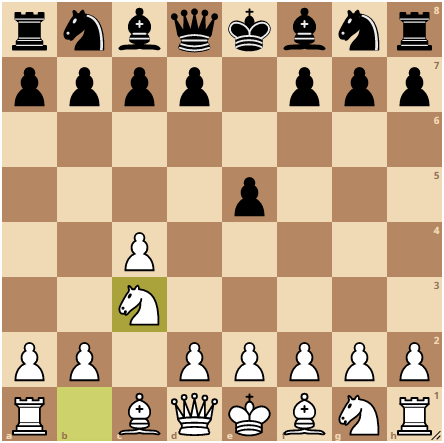
Chess Openings play a key role in determining the outcome of the game. If you have the right Opening you can leverage it to make further gains throughout your game. Tell us about your favorite Chess Opening and how it helps you in your game.
We would love to hear from you. Share your experiences or feedback in the comments below.




